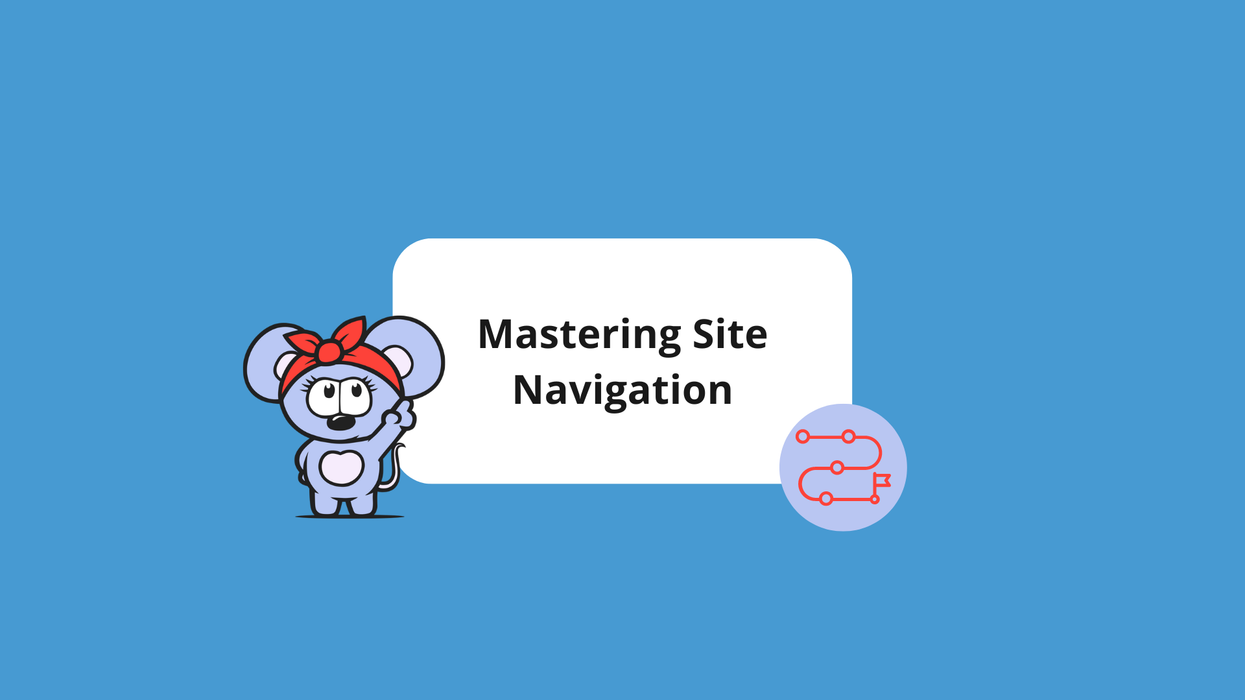So just how important is site navigation to search? Recently, Google's Search Advocate John Mueller said that when it comes to sites with pagination, and large sites’ faceted navigation, Google will learn how to crawl it. In a Twitter thread, Mueller said Google does try to “learn” useful URL patterns for sites.
But if you’re optimizing your content for search, you should think about how to make it easier for Googlebot to crawl and Google to understand. Mueller said simply, "If you can make crawling easier, it'll be easier to crawl.”
Mueller was originally asked about whether or not large sites with pagination should be worried about crawl budget. "Ultimately, pagination usually creates separate URLs, so yes, that's something I'd see within the scope of "crawl budget" (especially for really large sites)."
\u201c@akent99 @JohnMu another question about balancing best practices and crawl budget for very large sites. Should one be concerned about pagination and its impact on craw budget? Any suggestions that large sites should follow on this beyond the standard guidelines? Thanks\u201d— Juan C Vargas (@Juan C Vargas) 1680633824
Wait, What’s Google’s Crawler and Why Does It Have a Budget?
If this all sounds a little Greek to you, that’s okay. Let’s refresh what exactly Google’s crawler does and how a crawl budget works.
Google's crawler, also known as Googlebot, is a software program that systematically browses the web, discovers web pages, and adds them to Google's index. The crawler uses algorithms to analyze the content and structure of web pages, follow links from one page to another, and gather information about the website's relevance and importance. This information is used by Google's search engine to provide users with relevant search results. Googlebot crawls billions of web pages and updates its index constantly, allowing Google to provide up-to-date search results to users.
A crawl budget refers to the number of pages on a website that Googlebot is willing to crawl and index within a certain time frame. A crawl budget is determined by various factors, including the size of the website, the frequency of content updates, the number of internal and external links pointing to the website, and the server's capacity to handle crawling requests.
Having a crawl budget is important because it helps ensure that the search engine focuses on crawling and indexing the most important and relevant pages on a website. By optimizing a website's crawl budget, website owners and SEOs can improve the visibility and ranking of their site's pages in search engine results. This can be achieved by avoiding crawl errors, fixing broken links, improving website structure and content, and using tools like sitemaps and structured data to guide the crawler.
Why Is URL Structure Such a Big Deal?
The best way to optimize your content for Google’s crawler is by practicing correct URL structure. A well-structured URL provides clues about the page's content, making it easier for search engines to determine its relevance to a user's search query.
In addition to better indexing by Googlebot, here are some ways that URL structure can impact SEO:
- Readability: A user-friendly URL that is easy to read and understand can attract more clicks from search results.
- Keywords: Including relevant keywords in the URL can help improve the page's relevancy and rank better in search results.
- Navigation: A well-organized URL structure can help users navigate a website more easily.
- Duplicate Content: A clear URL structure can help avoid duplicate content issues, which can harm SEO efforts.
- Backlinks: An intuitive URL structure can also make it easier for others to link to the page, which can help improve its ranking authority.
Overall, a well-structured URL that is optimized for both users and search engines can help improve the visibility and ranking of a website's pages in search results, and ultimately lead to more traffic to and engagement on your site.
Master Your Own Site’s Navigation
Whether you have a large site with multiple pages, or a smaller site with just a few critical pages, Mueller’s recent Twitter wisdom reinforces that it’s critical to make sure your site navigation and site structure are optimized correctly. By providing a clear and organized site navigation, website owners can ensure that all important pages on their website are easily discoverable by search engine crawlers.
RebelMouse is an enterprise CMS that makes site organization and URL building easy and intuitive. Here’s how:
- Easy-to-build URLs directly from the editing interface
- AI-enabled tagging
- Intuitive section building and primary tag creation
- Drag-and-drop pagination element for simple indexing
- Out-of-the-box structured data integrations
If you would like help systematizing your site’s architecture, let’s chat today. We would love to help keep your site organized so you can drive and nurture new, loyal visitors.

